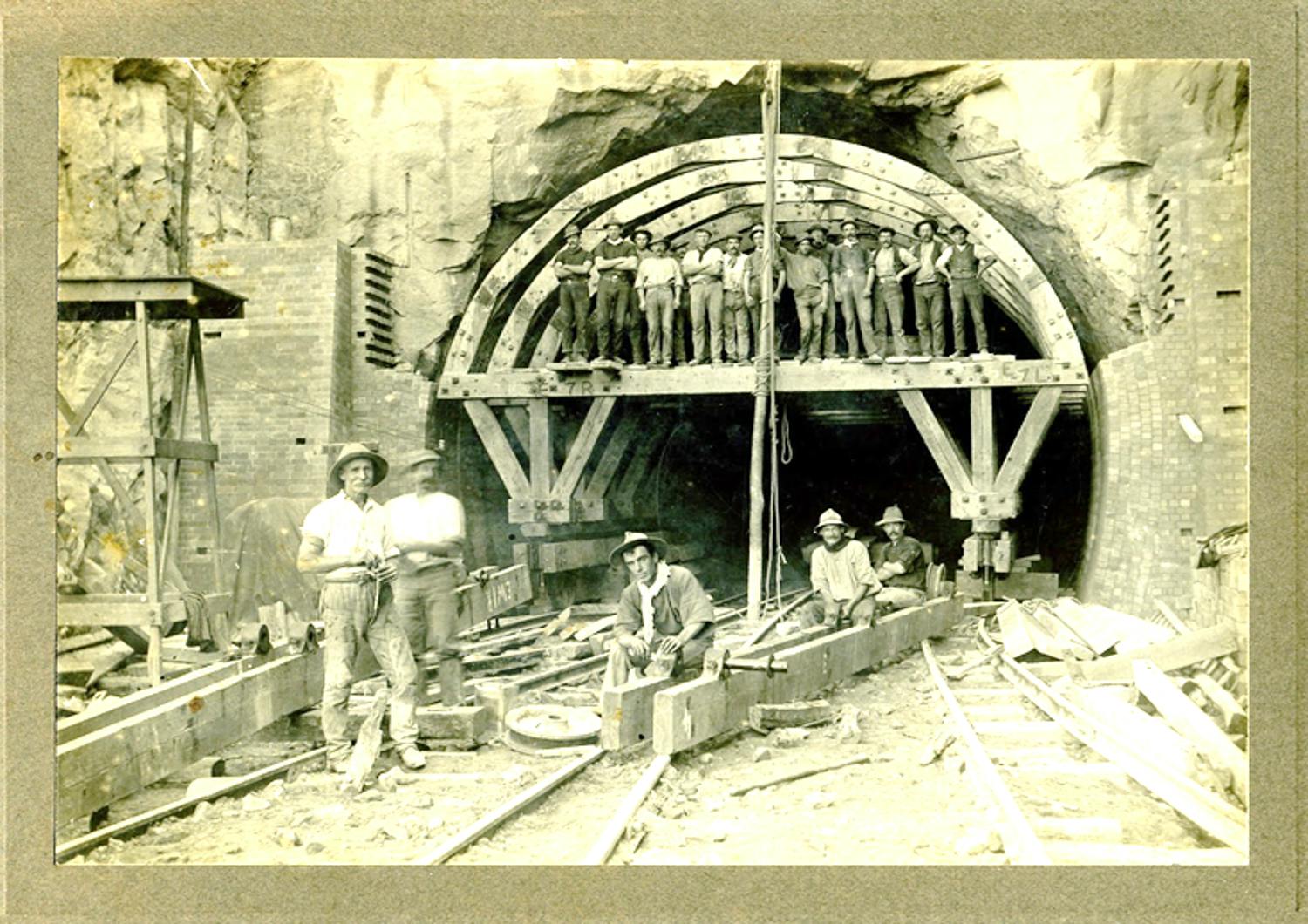Lapstone Hill Tunnel
The Lapstone Hill Tunnel
The Lapstone Hill Tunnel (also known as Glenbrook Tunnel) sits within the Scenic Eastern Escarpment. It is a state heritage-listed railway tunnel on the former Main Western Line. It was built from 1891-1892 and was previously used in World War II to store mustard gas and later as a mushroom farm.
The tunnel is a significant historic structure with great potential for adaptive re-use. In particular, re-activation for public use that supports the amenity, economy and liveability of the lower mountains.
Council is currently identifying funding opportunities to both remediate and revitalise the tunnel precinct to provide significant cultural, social, environmental and economic benefits for both our local community and visitors to the area.
Detailed information about the history of the Lapstone Hill Tunnel can be accessed from the NSW Government State Heritage Inventory.
Lapstone Hill Tunnel Open Days
7 and 8 December 2024.
Thank you to everyone who visited the tunnel during our Open Days on 7 and 8 December.
Around 1,500 people from across the Blue Mountains and beyond took the opportunity to walk or cycle through this impressive state heritage listed structure.
The tunnel was temporarily opened to let the community experience the potential of the tunnel as a historical, recreational and visitor experience, pedestrian and cycling link, and to show first-hand the impact of the flooding events of April this year.
The community survey has also now closed.
Council’s work to restore the tunnel
Council has entered into two grant agreements with the current land manager, NSW Crown Lands, for the remediation and activation of the tunnel site.
Council’s first set of works on the currently state-owned tunnel addressed significant waste removal, contamination management and overgrowth of vegetation.
This extensive work included 1700 tonnes of rubbish remediation of mushroom farm compost material and the removal of 1200 tonnes of sediment at the eastern cutting.
However, in April 2024 successive storm events caused significant damage to the tunnel approaches and the tunnel itself. The eastern cutting track, which leads to the eastern portal of the tunnel, was then closed to the public for safety.
Following Council's assessment of the damage and the heritage implications for the tunnel and its approaches, further remediation works commenced in early November ahead of the Open Day events held on 7 and 8 December 2024.
Community consultation on future use of the tunnel
In March 2024, Council called for community feedback on a series of essential upgrades and future design elements for the Lapstone Hill Tunnel.
Before the tunnel can be opened to the public, improvements to the tunnel’s drainage system need to be made, as well as the installation of lighting and electrical connections.
We also called on the community to consider:
• How the cultural and heritage significance of the tunnel might be reflected.
• Initial thoughts on a proposal for a bridge across Knapsack Gully near the western entrance of the tunnel.
• Future opening and closing times for the tunnel.
Download the Community Consultation Report report here.
Download the report’s Appendix here.






